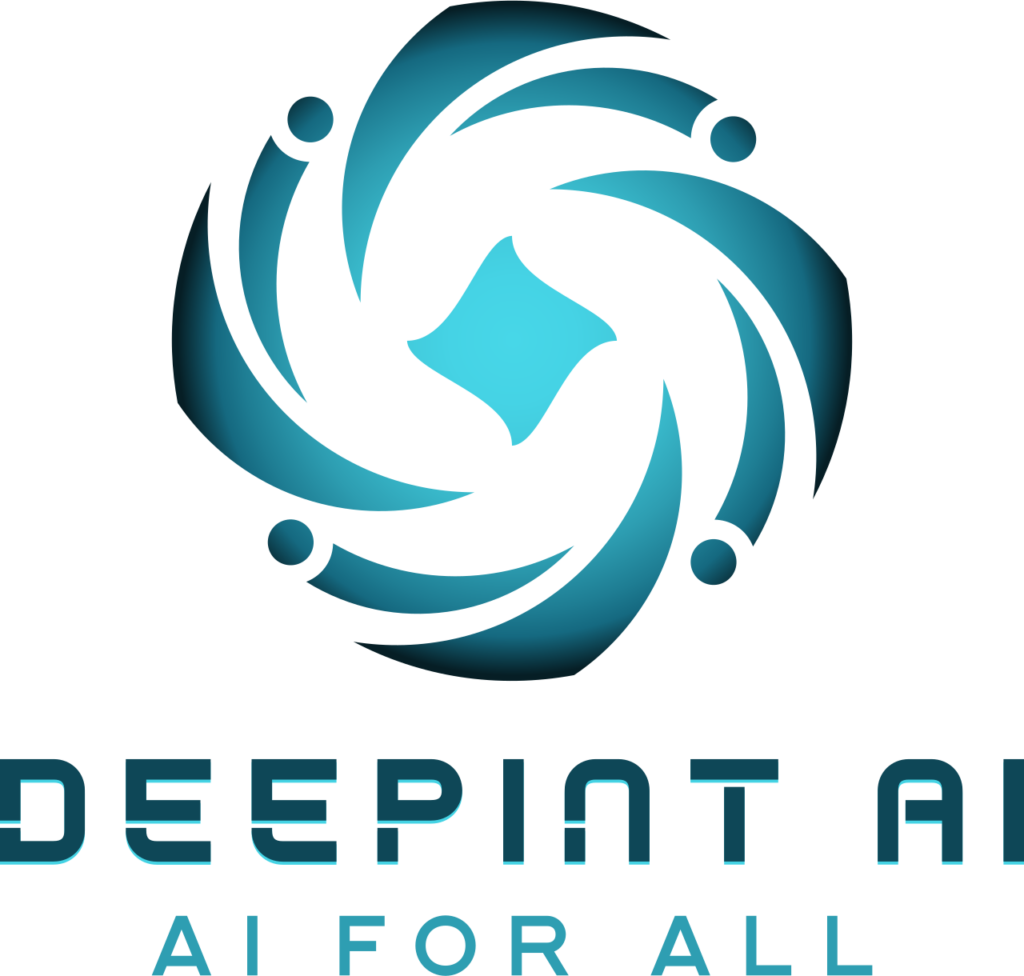Understanding the Fundamentals of AI-Powered Image Generation

AI in Image Generation
Understanding the fundamentals of AI-powered image generation marks an exciting foray into the fusion of technology and creativity. AI algorithms, particularly those based on deep learning and neural networks, have gained prominence for their remarkable ability to produce lifelike images that often rival human creations.
The Science Behind It
At its core, AI-powered image generation involves training models on vast datasets of existing images. These models learn patterns, textures, and features present in the data, enabling them to generate new images that align with the characteristics they’ve learned. The neural networks process complex relationships within the data, allowing the AI to create realistic and often imaginative visual content.
Applications and Implications
Understanding the fundamentals of AI-powered image generation is essential not only for tech enthusiasts but also for professionals across various fields. From design and advertising to entertainment and beyond, the potential applications are immense. As AI continues to advance, grasping the basics of image generation helps us appreciate its transformative impact on industries that rely on visual content.
Exploring Advanced Techniques for Image Generation through AI
Beyond the Basics
Exploring advanced techniques for image generation through AI delves deeper into the sophisticated methods that underpin the creation of captivating visual content. While basic AI models can produce impressive results, advanced techniques utilize complex architectures like Generative Adversarial Networks (GANs) and Variational Autoencoders (VAEs) to achieve even more realistic and diverse images.
The Power of GANs
Generative Adversarial Networks, or GANs, are at the forefront of advanced image generation. These networks consist of a generator and a discriminator working in tandem. The generator creates images, while the discriminator evaluates their authenticity. This adversarial process leads to iterative improvements, resulting in AI-generated images that often astonish with their realism and creativity.
Ethical Considerations
Exploring advanced AI image generation techniques also prompts discussions about ethics and responsible usage. As AI-generated content becomes indistinguishable from human-made art, it’s crucial to consider attribution, copyright, and potential misuse. By understanding the intricacies of these advanced techniques, we can navigate the ethical landscape surrounding AI-generated images.
AI Image Generation: Bridging Artistry and Technology
The Art-Technology Nexus
AI image generation represents a harmonious bridge between artistic expression and technological innovation. This convergence introduces a new paradigm in which algorithms collaborate with human creativity, yielding results that challenge traditional definitions of artistry.
An Unlikely Duo
The synergy between AI and image generation is striking. While algorithms process data and patterns, artists infuse their unique vision and intent. This collaboration often results in breathtaking visuals that transcend individual capabilities, merging the analytical prowess of technology with the emotional depth of human imagination.
A New Era of Possibilities
AI image generation isn’t about replacing human artists but expanding their horizons. This fusion enables creators to explore uncharted territories, experiment with styles, and reimagine their artistic journey. By embracing AI’s potential, artists embrace a transformative tool that enriches their creative toolkit.
Step-by-Step Guide to Achieving Stunning Image Generation with AI
Embarking on the Journey
A step-by-step guide to achieving stunning image generation with AI provides an accessible roadmap for both newcomers and enthusiasts eager to explore this dynamic field. The journey begins with selecting a suitable AI framework, such as TensorFlow or PyTorch, and understanding their basic functionalities.
Data Collection and Preparation
A crucial step involves curating and preparing datasets that the AI model will learn from. This process involves collecting diverse images, cleaning and organizing them, and splitting them into training, validation, and test sets.
Model Training and Optimization
Through iterative training, the AI model learns to generate images that align with the patterns present in the dataset. Adjusting hyperparameters, selecting appropriate loss functions, and monitoring progress are essential for optimizing the model’s performance.
Generating and Fine-Tuning
Once the model is trained, it’s time to generate images. This step involves providing the AI with input and allowing it to produce visual content. Fine-tuning the model’s outputs and experimenting with variations lead to the creation of stunning, AI-generated images.
Unlocking Creativity: How AI Revolutionizes Image Generation
Redefining Creative Boundaries
Unlocking creativity through AI’s role in image generation is a testament to technology’s transformative potential. AI-driven tools not only facilitate the creative process but also challenge artists to rethink traditional boundaries and explore new avenues of expression.
Inspiration from Data
AI’s capacity to analyze vast datasets exposes creators to a wealth of inspiration. By training on diverse visual content, AI models can generate images that incorporate a fusion of styles, textures, and themes, expanding artists’ horizons.
Iterative Collaboration
AI’s role in unlocking creativity extends beyond mere automation. It engages artists in an iterative collaboration, providing suggestions and variations that artists can reinterpret and refine. This dynamic interaction leads to an enriching creative journey that produces results beyond initial expectations.
Enhancing Visual Content with AI-Driven Image Generation
Elevating Visual Content
Enhancing visual content with AI-driven image generation introduces a realm of possibilities for industries that rely on captivating visuals. From advertising and marketing to entertainment and design, AI augments the creative process by generating images that capture attention and resonate with audiences.
Personalization and Variation
AI-driven image generation allows for personalized content creation at scale. Brands can tailor visuals to specific demographics, ensuring relevance and engagement. Additionally, the ability to generate variations of an image aids in A/B testing and optimizing content strategies.
Streamlining Workflows
Incorporating AI into the visual content creation workflow enhances efficiency. Instead of starting from scratch, designers and marketers can use AI-generated images as a foundation, saving time and resources while maintaining a high level of visual appeal.
Conclusion

In conclusion, delving into the world of AI-powered image generation offers a fascinating journey that spans the realms of technology and creativity. By understanding the fundamentals, exploring advanced techniques, and appreciating the ethical considerations, we unlock the potential of AI to create stunning visuals that challenge artistic norms.

